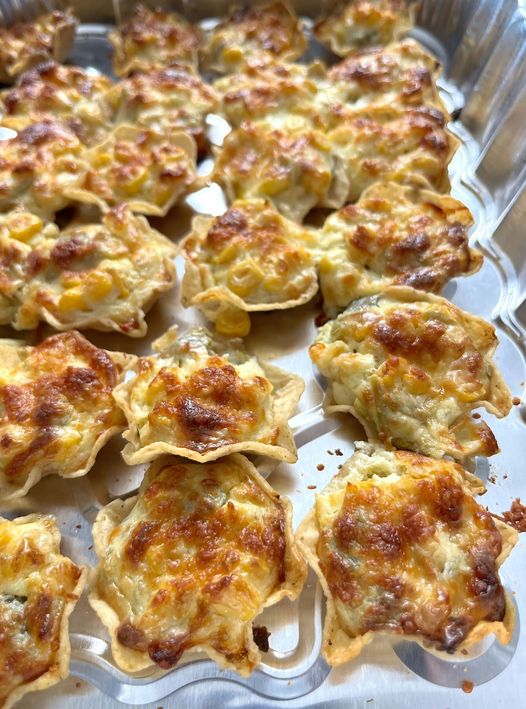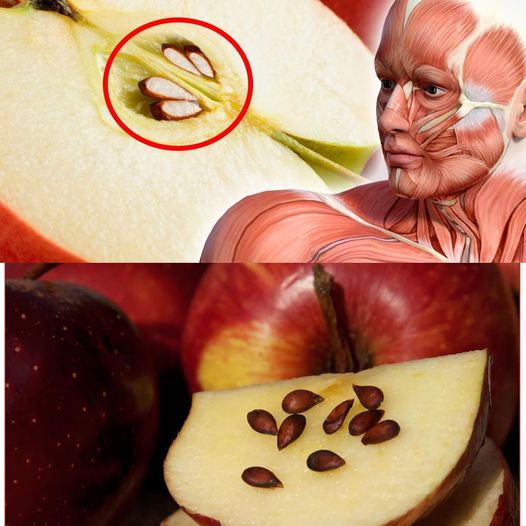The herbaceous plant Euphorbia hirta, also referred to as the asthma plant, is well-known in many traditional medical systems. Its many applications, from treating gastrointestinal problems to respiratory illnesses, contribute to its appeal. This page explores the many uses of Euphorbia hirta, including its traditional usage, application techniques, and the scientific foundation for its alleged health benefits.
Euphorbia hirta is a well-known remedy for respiratory ailments including coughs, bronchitis, and asthma. Traditionally, the plant’s leaves are steeped to make a decoction or tea. It is thought that this preparation has bronchodilatory qualities, which may assist asthmatic patients breathe easier by relaxing their bronchial muscles.
Uses in the Gastrointestines
Regarding digestive health, Euphorbia hirta is well known for its anti-inflammatory and antidiarrheal qualities. The leaves are used to make a decoction that is often used to treat dysentery and diarrhoea. The plant may also be used to treat the symptoms of irritable bowel syndrome (IBS) due to its capacity to lessen gastrointestinal spasms.
Applications in Dermatology
Euphorbia hirta has been used topically to treat a variety of skin disorders. It is administered as pastes or infusions. Because of its alleged antibacterial and anti-inflammatory qualities, it is used to treat warts, boils, rashes, and even as a possible wound-healing agent.
Antimicrobial Results
The plant has a reputation for having broad-spectrum antibacterial qualities, which might make it a useful natural treatment for illnesses caused by bacteria, fungi, and viruses. This application has both internal and exterior applications, yet there is currently a lack of scientific proof of its effectiveness.
Effects of Pain Relief and Anti-Inflammation
Euphorbia hirta has analgesic and anti-inflammatory qualities that make it a potential treatment for pain and inflammation in ailments including migraines, rheumatism, and muscular strains. The leaves are usually used topically as a poultice or drunk as a tea.
Antipyretic (Reducing Fever) Characteristics
Traditionally, euphorbia hirta has been used as an antipyretic, or to lower fever. Many civilisations use a tea produced from the plant’s leaves to help reduce feverish body temperatures. Its natural chemicals are thought to provide a cooling impact on the body, helping to treat feverish conditions. It’s crucial to remember that, even while traditional usage points to effectiveness, more scientific investigation is required to completely support these assertions.
Urinary Tract Conditions
Euphorbia hirta has also traditionally been used to treat urinary tract conditions, including as bladder irritation and infections. The plant is said to have diuretic qualities that increase urine flow and output, perhaps aiding in the removal of urinary tract infections. Usually, a tea or decoction produced from the leaves is used for this. Like with other applications, there isn’t much clinical data to back this one, so it’s important to speak with medical specialists before utilising it for these kinds of problems.
Properties of Antioxidants
Euphorbia hirta tea in a cup
Euphorbia hirta’s possible antioxidant qualities have drawn attention because to the growing interest in antioxidants for overall health. These characteristics may have consequences for oxidative stress defence, which is linked to a number of chronic illnesses.
Methodology and Application
Making a tea or decoction from the leaves of Euphorbia hirta is the most popular way to use it. This is made by boiling either fresh or dried leaves in water for a short while, straining the liquid, and then drinking it. The leaves are often crushed into a paste and applied straight to the skin for topical uses. The ailment being treated as well as customary practices in the area may influence the doses and particular preparation techniques.
Safety and Precautions
Despite the lengthy history of traditional usage of Euphorbia hirta, care must be used while using it. If ingested in high numbers, certain plant components may be hazardous, and there may be adverse consequences or drug interactions. Before taking Euphorbia hirta, it is always advised to speak with a healthcare provider, particularly if you are pregnant, nursing, or already have a medical problem.
In the field of herbal medicine, Euphorbia hirta is a fascinating plant with a wide range of traditional applications. The plant’s versatility is shown by its use in treating gastrointestinal ailments, skin diseases, respiratory concerns, and more. To properly grasp its effectiveness and safety, additional scientific study is necessary despite its extensive traditional usage. It should be taken sensibly and under the supervision of a healthcare provider, just like any other herbal medicine.









